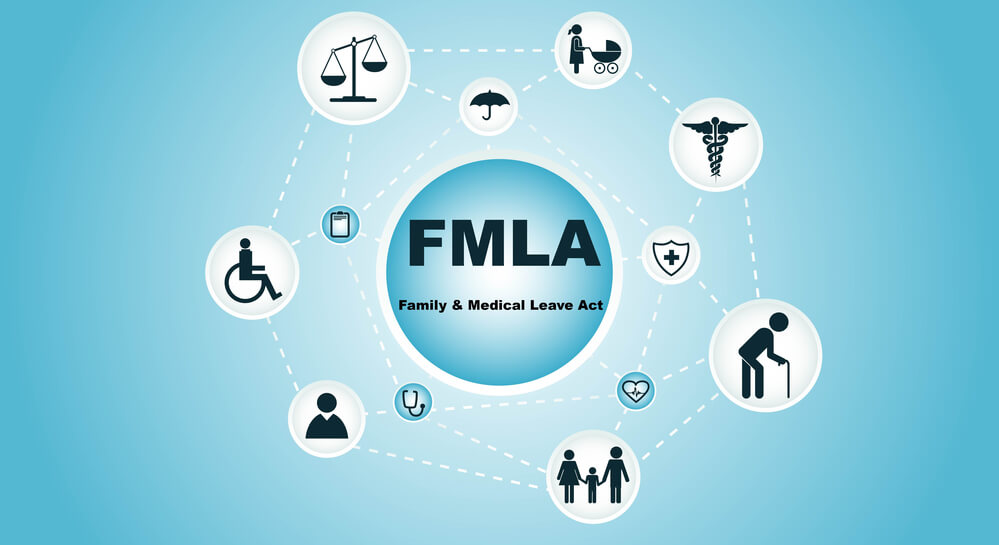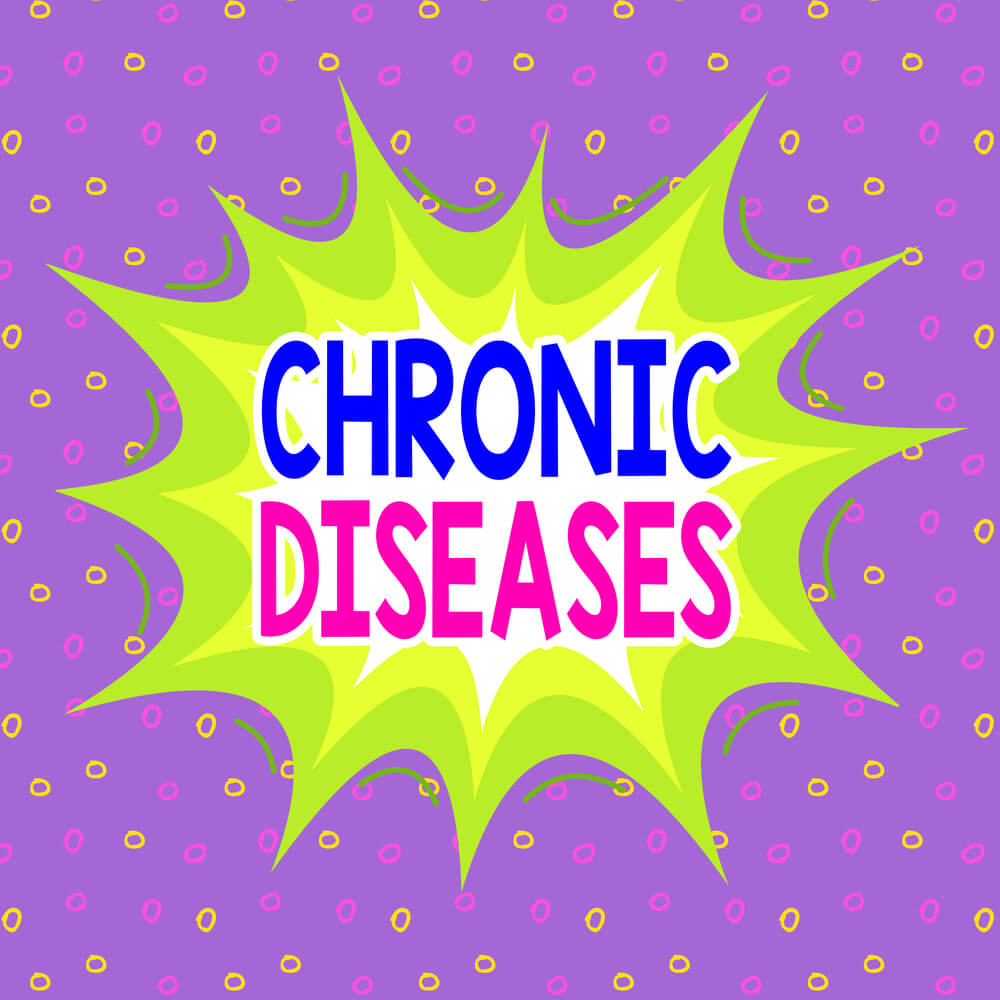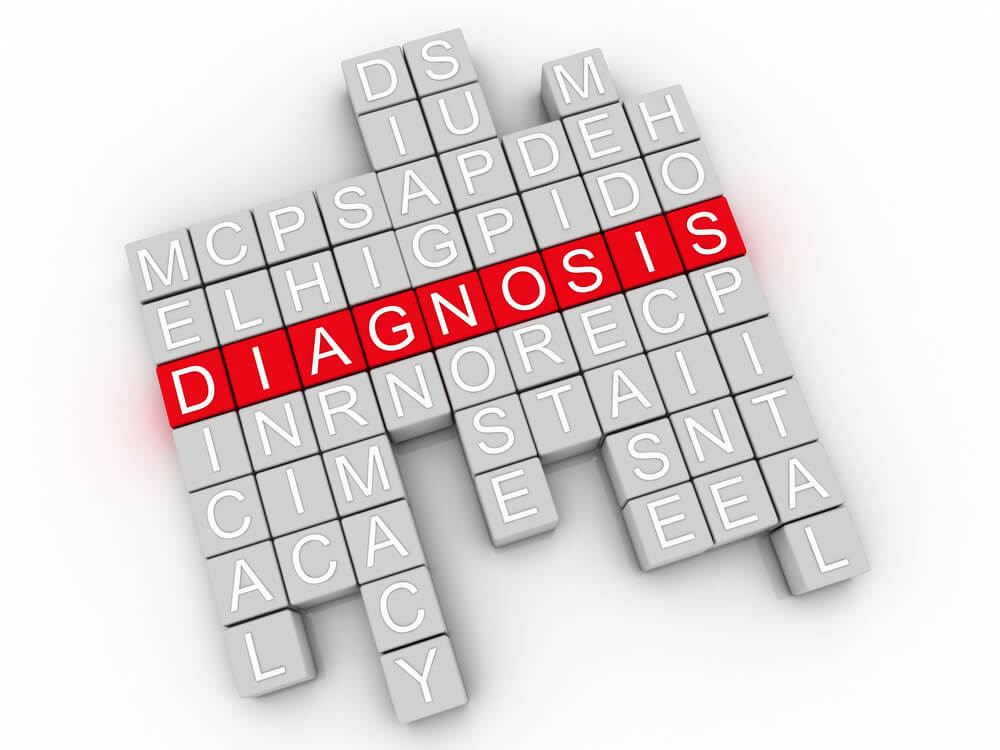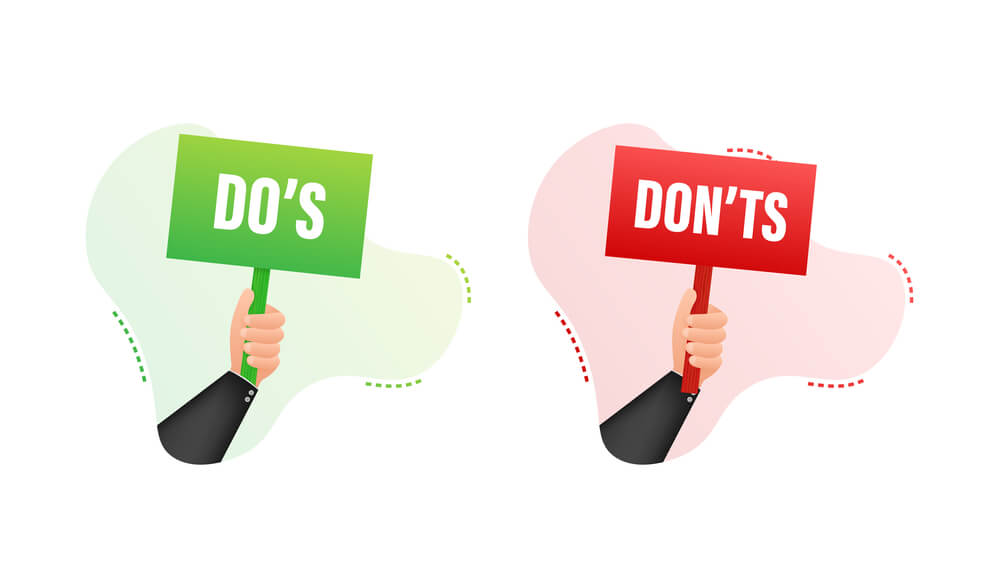
While I worked at a chain drugstore, I had access to FMLA, if I needed it. Now, that I work for myself, I no longer have that benefit. Those of you that work for small companies, (less than 50 employees) are in the same boat that I am in. We are screwed, if we need to take time off to handle our own medical needs, the medical needs of a loved one, maternity/paternity needs, etc. This is another reason to have three months of money saved or easily accessible. Start saving $25 to $50 a paycheck, pay yourself, just like it is another bill and leave it alone. Put it in a special bank account or get a fireproof safe and place it in there. Check your progress in three months. Readjust, if you must, but do not stop and DO NOT spend it. It is for ABSOLUTE emergencies only.
For those of you that have access to FMLA, what follows is a basic overview and probably a reminder, that you do have access to this benefit.
Overview of FMLA
If you are an employee and need to take time off work for a personal or family medical reason, the Family Medical Leave Act (FMLA) may provide you with job-protected leave. The FMLA is a federal law that entitles eligible employees of covered employers to take unpaid, job-protected leave for specified family and medical reasons with continuation of group health insurance coverage under the same terms and conditions as if the employee had not taken leave.
Under the FMLA, eligible employees are entitled to up to 12 weeks of unpaid leave in a 12-month period for qualifying life events. These events include the birth or adoption of a child, caring for a spouse, child, or parent with a serious health condition, or when the employee is unable to work due to a serious health condition. Additionally, the FMLA allows eligible employees to take leave for qualifying demands related to the military service of a spouse, child, or parent, or to care for a covered service member with a serious injury or illness.
It is important to note that not all employers are covered by the FMLA. Covered employers include private sector employers who employ 50 or more employees, public agencies, and public or private elementary or secondary schools. Additionally, employees must meet certain eligibility requirements to be covered by the FMLA, including having worked for the employer for at least 12 months and having worked at least 1,250 hours in the 12 months preceding the start of the FMLA leave.
Eligibility Requirements
If you are interested in taking advantage of the Family and Medical Leave Act (FMLA), you must meet certain eligibility requirements. First and foremost, you must work for a covered employer. According to the U.S. Department of Labor, covered employers include:
- All public agencies
- All public and private elementary and secondary schools
- Companies with 50 or more employees
If you work for a covered employer, you must also meet the following requirements:
- You must have worked for your employer for at least 12 months.
- You must have worked at least 1,250 hours during the 12 months prior to the start of your FMLA leave.
- Your employer must employ at least 50 employees within a 75-mile radius of your worksite.
It’s important to note that if you work for the federal government, you may be eligible for FMLA leave under the FMLA regulations for federal employees. These regulations are administered by the U.S. Office of Personnel Management.
If you meet these eligibility requirements, you may be entitled to up to 12 weeks of unpaid leave during any 12-month period for the following purposes:
- The birth of a child and to care for the newborn child within one year of birth
- The placement with the employee of a child for adoption or foster care and to care for the newly placed child within one year of placement
- To care for an immediate family member (spouse, child, or parent) with a serious health condition
- To take medical leave when the employee is unable to work because of a serious health condition
- For qualifying exigencies arising out of the fact that the employee’s spouse, son, daughter, or parent is a covered military member on “covered active duty;”
- To care for a covered service member with a serious injury or illness if the employee is the spouse, son, daughter, parent, or next of kin of the service member (Military Caregiver Leave)
How to Apply for FMLA Leave
If you are eligible for Family and Medical Leave (FMLA), you can apply for it by following the steps outlined below.
Documentation Required
To apply for FMLA, you will need to provide your employer with a medical certification form completed by your healthcare provider. This form will verify that you or your family member has a serious health condition that requires your care, or that you need to take time off for your own serious health condition. You must submit this form to your employer within 15 calendar days of receiving it.
Timing of Leave
You must provide your employer with at least 30 days’ notice before you plan to take FMLA leave, if the need for leave is foreseeable. If the need for leave is not foreseeable, you must provide notice as soon as possible. Your employer may require you to provide additional information about your need for leave, such as a statement explaining why you need leave and how long you expect to be away from work.
Intermittent Leave (Take leave every now and then or at intervals)
If you need to take FMLA leave intermittently, you should work with your employer to develop a schedule that meets your needs while minimizing the impact on your employer’s operations. You may also be required to provide your employer with periodic updates on your condition and your need for leave.
Remember, if you are eligible for FMLA, you have the right to take up to 12 weeks of unpaid leave in a 12-month period for certain qualifying reasons. By following the steps outlined above, you can ensure that you receive the leave you are entitled to.
Protections and Benefits
Job Protection
When you return to work, your employer must provide you with the same or an equivalent position. If your employer violates your FMLA rights, you can file a complaint with the U.S. Department of Labor’s Wage and Hour Division.
Health Insurance
If you are enrolled in a group health insurance plan, your employer must maintain your coverage during your FMLA leave. You must continue to pay your share of the premiums while you are on leave. If you do not return to work after your FMLA leave, your employer may require you to reimburse them for the premiums they paid to maintain your coverage during your leave.
Accrued Leave
You can use your accrued paid leave, such as sick leave or vacation time, to cover part or all of your FMLA leave. Your employer may require you to use your accrued leave before taking unpaid FMLA leave. If you do not have any accrued leave, you can still take FMLA leave, but it will be unpaid.
Overall, FMLA provides important protections and benefits for eligible employees who need to take leave for family or medical reasons. If you are eligible, you should be sure to understand your rights and how to properly request and take FMLA leave.
Frequently Asked Questions
Here are some frequently asked questions about the Family and Medical Leave Act:
- Who is eligible for FMLA?
You are eligible for FMLA if you work for a covered employer and have worked for the employer for at least 12 months. Additionally, you must have worked at least 1,250 hours during the 12 months before taking leave.
- What reasons qualify for FMLA?
You can take FMLA leave for any of the following reasons:
- Your own serious health condition that makes you unable to perform your job
- To care for a spouse, child, or parent with a serious health condition
- The birth or adoption of a child
- To care for a newborn child within one year of birth
- For qualifying exigencies related to a family member’s military service
- To care for a covered service member with a serious injury or illness
- How much leave can I take under FMLA?
You can take up to 12 weeks of unpaid leave in a 12-month period for FMLA-qualifying reasons. If you need additional time off, you may be eligible for other types of leave, such as sick leave or vacation time.
- Do I get paid during FMLA leave?
No, FMLA leave is unpaid. However, you may be able to use any accrued paid leave, such as sick leave or vacation time, to cover part or all of your FMLA leave.
- What happens to my health insurance during FMLA leave?
Your employer is required to maintain your health insurance while you are on FMLA leave. You will be responsible for paying your portion of the premiums, just as you would if you were still working.
- Do I have job protection during FMLA leave?
Yes, you have job protection during FMLA leave. When you return from leave, your employer must restore you to your original job or a similar job with the same pay, benefits, and working conditions.
Conclusion
Now that you better understand the Family and Medical Leave Act (FMLA), you can determine if you are eligible for this benefit and how to apply for it.
Remember that FMLA is designed to help employees balance their work and family responsibilities by allowing them to take reasonable unpaid leave for certain family and medical reasons. If you believe that your employer is violating your FMLA rights, you can file a complaint with the U.S. Department of Labor’s Wage and Hour Division.




